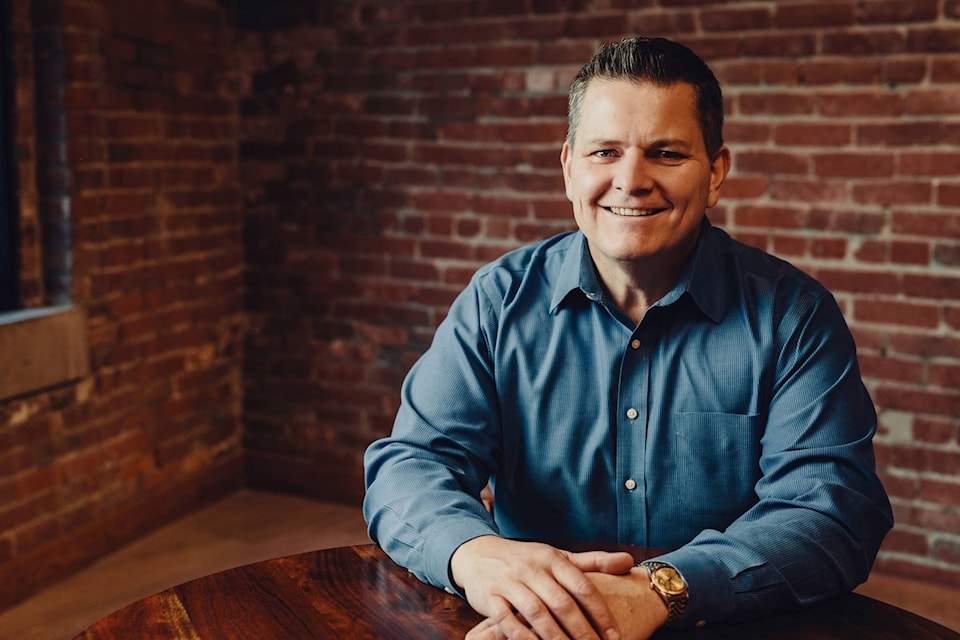Sept. 22 marks World Rivers Day, an opportunity to celebrate the waterways that have played – and continue to play – a critical role in our local economy.
Extending from the Pacific slopes of the Rocky Mountains all the way to the Salish Sea, the Fraser River is not only British Columbia’s longest river, but one of its most economically productive.
Since it was famously traversed by Simon Fraser in the early 19th century, the “Mighty Fraser” has been central to B.C.’s development – the first fur trading posts, gold rush, and salmon canneries all emerged along this strategically important waterway.
Today, the river continues to support local businesses in Surrey and across the region. Flanked by major railways, roadways, and terminals in the Port of Vancouver, the Fraser serves as a key conduit for commerce and driver of the economy.
RELATED: Federal court kills bid to stop coal transfer facility at Surrey docks
It supports more than 55,000 jobs, with total economic activity along it accounting for a staggering 80 per cent of total provincial GDP and a full tenth of our national GDP. On its own, Lower Fraser River port operations would be the third largest in Canada by all measures – import, export and domestic tonnage.
While the Fraser’s economic impact is significant, we cannot take it for granted. If we want to preserve the economic prosperity afforded by this river, it’s crucial we protect it through proactive environmental stewardship.
On this front, our local port authority, the Vancouver Fraser Port Authority has proven to be a leader, recently concluding a two-million-dollar, five-year effort to remediate more than 150 sites along the river, including derelict vessels and structures that pose a risk to surrounding wildlife and the environment.
Advocating for more ecosystem-enhancing initiatives like these is a key priority of the Fraser River Industrial Association – a representative body of marine-dependent businesses operating around the Lower Fraser River that I am proud to chair and support through Fraser Surrey Docks.
To protect the Fraser’s ecosystem – which houses sturgeon and seven species of salmon – the group’s members work alongside First Nations, government ministries, scientists and environmental groups to spearhead initiatives geared at enhancing and protecting the overall ecology of the river.
For instance, at Fraser Surrey Docks, we pioneered the use of more energy-efficient hybrid locomotives for switching and are in the process of modernizing our fleet of vehicles with cleaner engines. Our terminal has installed more efficient lighting and ventilation systems onsite to help reduce consumption. And we are also proud of our Green Marine certification, which is awarded to maritime organizations that achieve the highest levels of environmental performance.
Seaspan, another member, has introduced new hybrid ferries, uses environmentally friendly hydraulic fluids for equipment operating near the water, and offers shore power systems at its terminals to help reduce vessel idling time and emissions. The company was recently recognized with a Blue Circle award from the port authority for environmental innovation and improvements.
READ MORE: Permit cancelled for coal transfer project at Fraser Surrey Docks
Taking this kind of sustainable approach to growth is crucial to preserving the Fraser River, which has and continues to play a crucial role in the economic and ecological vitality of our region. As we celebrate these critical waterways worldwide, the Mighty Fraser offers a model for how public, private, non-profit, and Indigenous groups can come together to create and maintain a working river.
Jeff Scott is the chair of the Fraser River Industrial Association, the representative voice of businesses that operate along the Lower Fraser River. He is also president and CEO of Fraser Surrey Docks.



